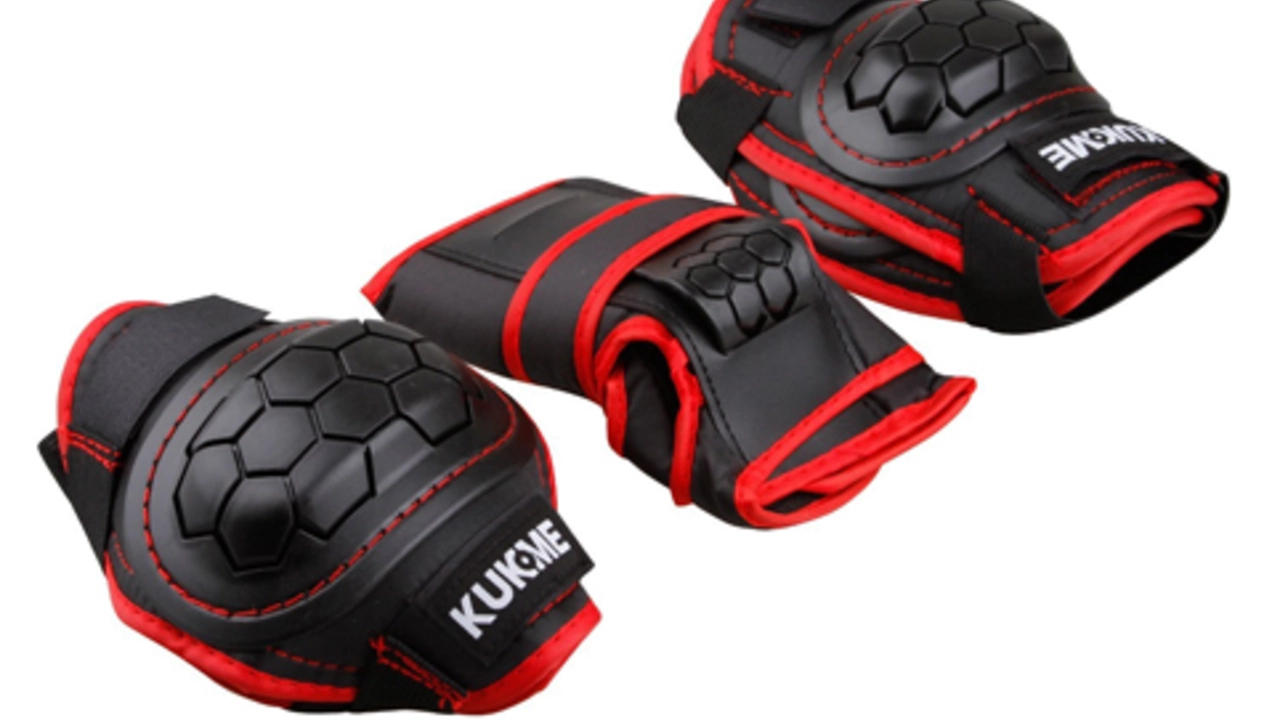Protective Cups – Essential Sports Safety Gear Explained
When talking about protective cups, hard, molded guards worn around the groin to shield against impact during contact sports. Also known as groin protectors, they are a must‑have for anyone playing football, hockey, or martial arts. A well‑fitted cup can mean the difference between a quick game and weeks on the sidelines.
Why Protective Cups Matter in Sports Safety
These cups belong to the broader family of sports safety equipment, gear designed to reduce the risk of injury during athletic activities. Think helmets for heads, pads for knees, and mouthguards for teeth. Protective cups complement that lineup by addressing one of the most vulnerable zones on the body. The relationship is simple: sports safety equipment encompasses protective cups. When you add a cup to your kit, you’re completing the safety circle.
Another key player in this safety puzzle is injury prevention, the practice of using strategies and tools to avoid physical harm. Injury prevention drives the choice of gear, and a properly sized cup directly reduces the chance of groin strains, contusions, and fractures. In other words, injury prevention influences which protective cups you select. Studies from sports medicine clinics show that athletes who wear a cup experience up to 70% fewer serious groin injuries.
Within the realm of injury prevention, athletic protectors, protective items covering various body parts such as shoulders, shins, and elbows play a supporting role. While helmets protect the head and shin guards shield the lower leg, protective cups focus on the pelvic area. The trio works together: athletic protectors, sports safety equipment, and protective cups together create a full‑body shield. Choosing the right combination depends on the sport’s contact level and personal comfort.
For soccer players specifically, soccer gear, equipment ranging from boots to shin guards used in the game of football often includes a cup, especially for forwards and defenders who face frequent challenges. The cup fits under the shorts and over the underwear, staying hidden but ready. Many clubs now list a cup as mandatory equipment for youth matches, confirming that soccer gear incorporates protective cups to meet safety standards. The rule helps young athletes develop good habits early.
Fit and comfort are the two attributes that decide whether a cup will actually be worn. Key attributes include size (small, medium, large), material (plastic, carbon fiber), and retention system (elastic straps, molded pockets). A cup that’s too loose moves around, causing distraction, while one that’s too tight can restrict movement and blood flow. The right balance ensures the cup stays in place during sprints, tackles, and jumps. Remember the simple equation: proper fit + reliable material = effective protection.
Below you’ll find a curated list of articles that dig deeper into each of these points. From choosing the best material to fitting tips for different sports, the posts cover everything you need to know before you pick a cup. Dive in, and you’ll walk away with a clear game plan for staying safe on the field.

Do soccer players wear cups?
While you'd think that soccer players, being in a sport where a ball is flying at high speeds, would automatically gear up with a cup, you'd be surprised! Most soccer professionals actually opt out of wearing cups. Sounds shocking, I know! It's mainly because they find it hampers their mobility and agility on the pitch. So, next time you cringe seeing a player take a low blow, remember, they chose speed over shield!